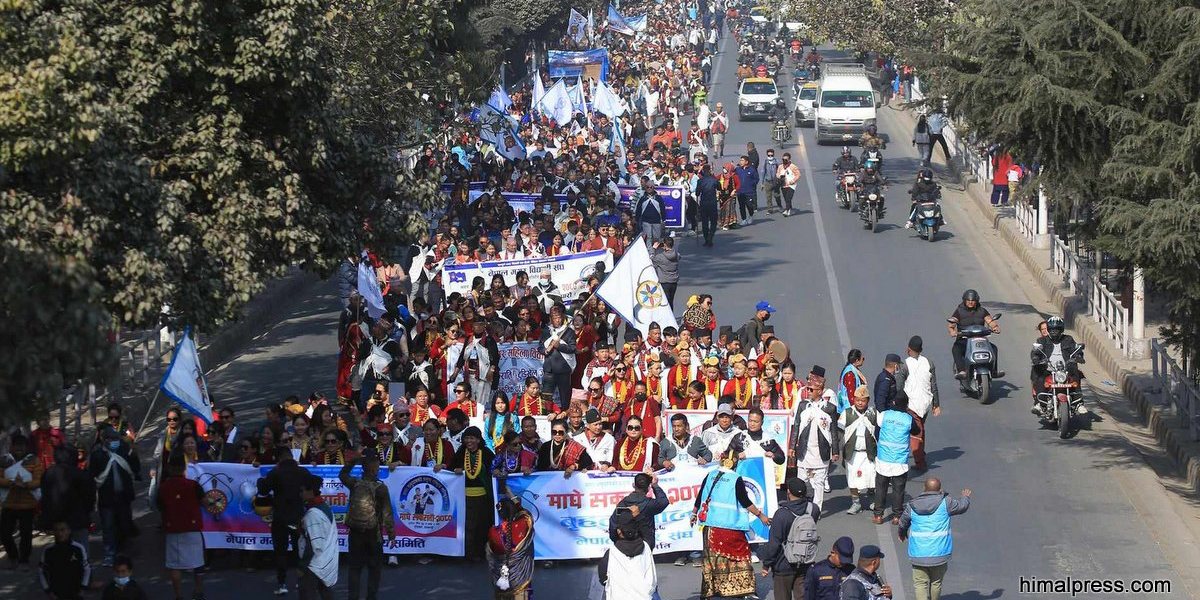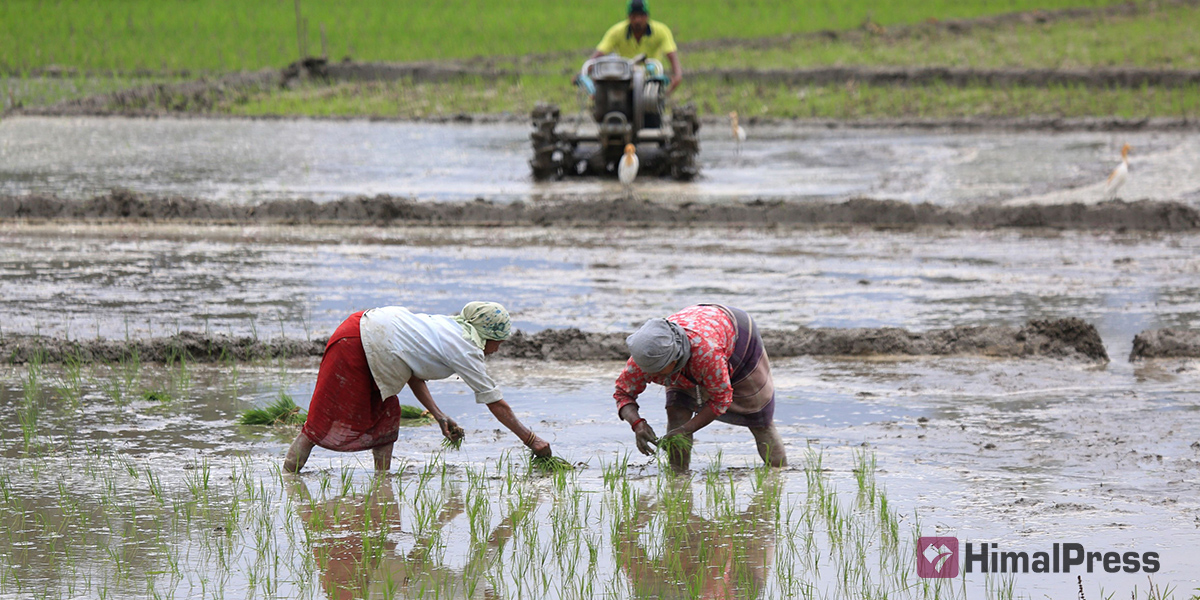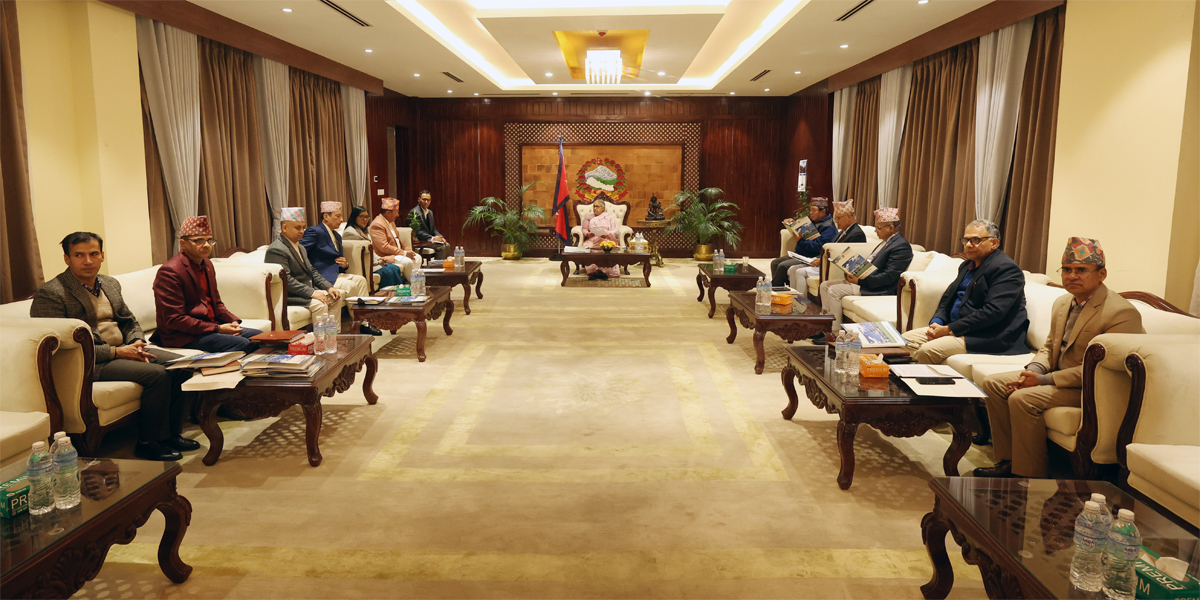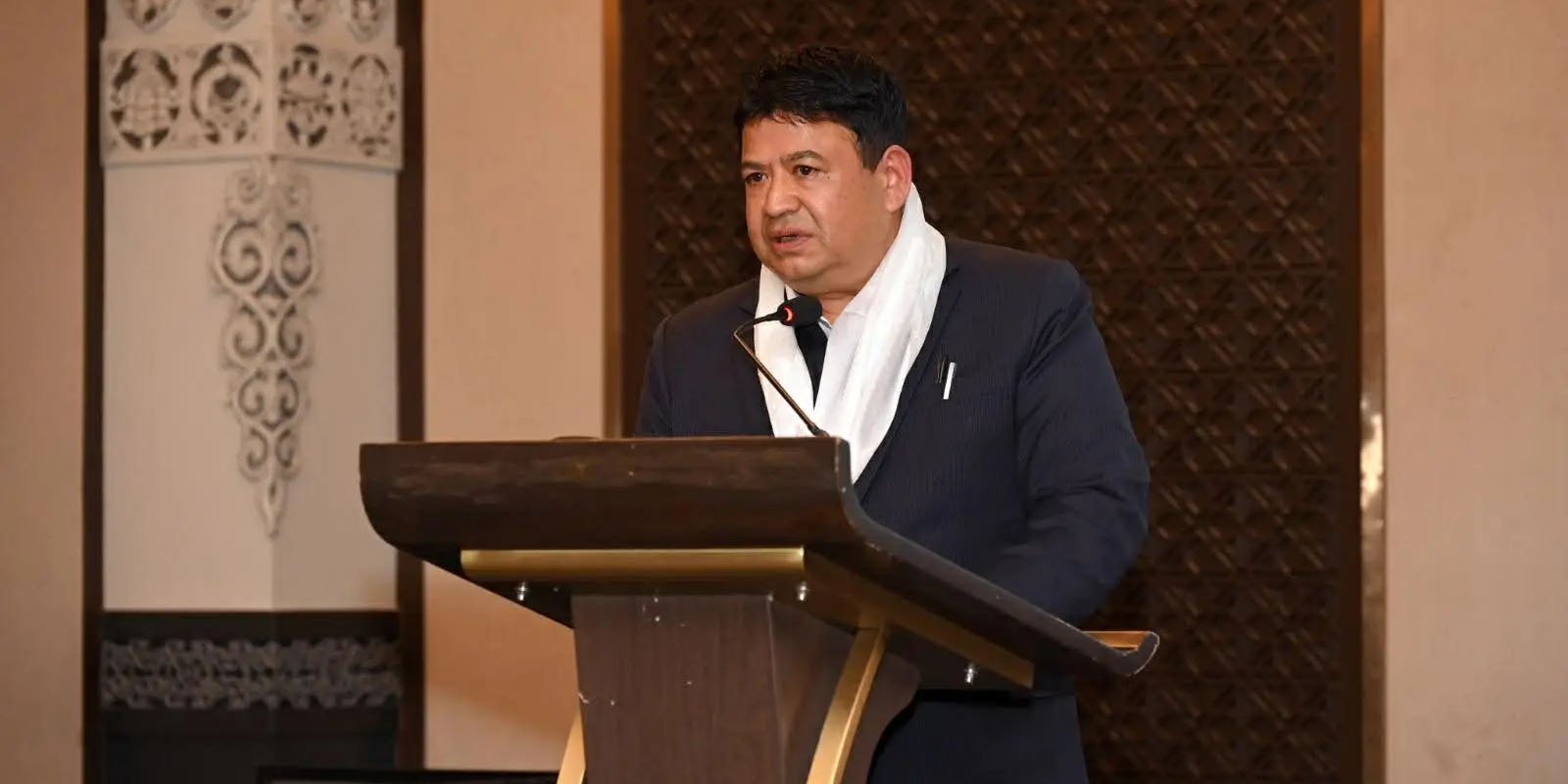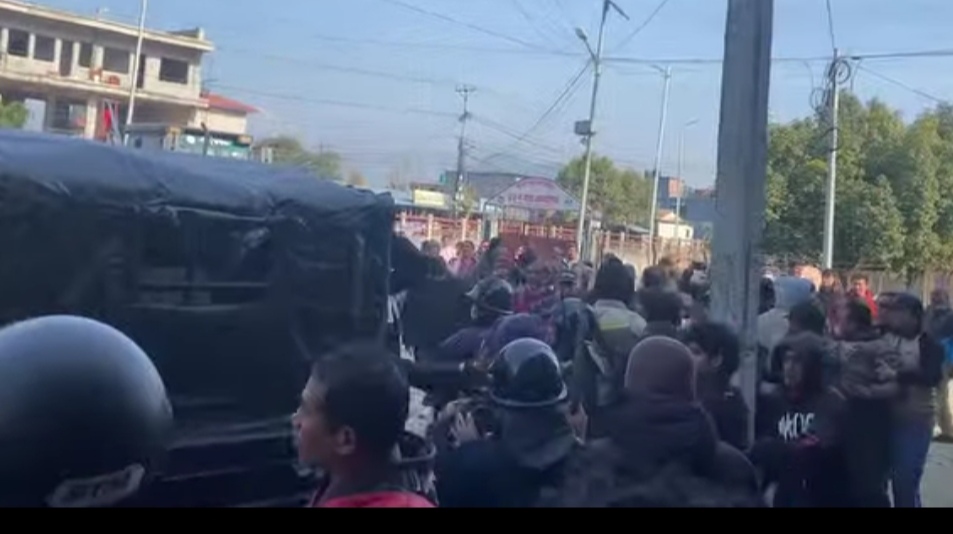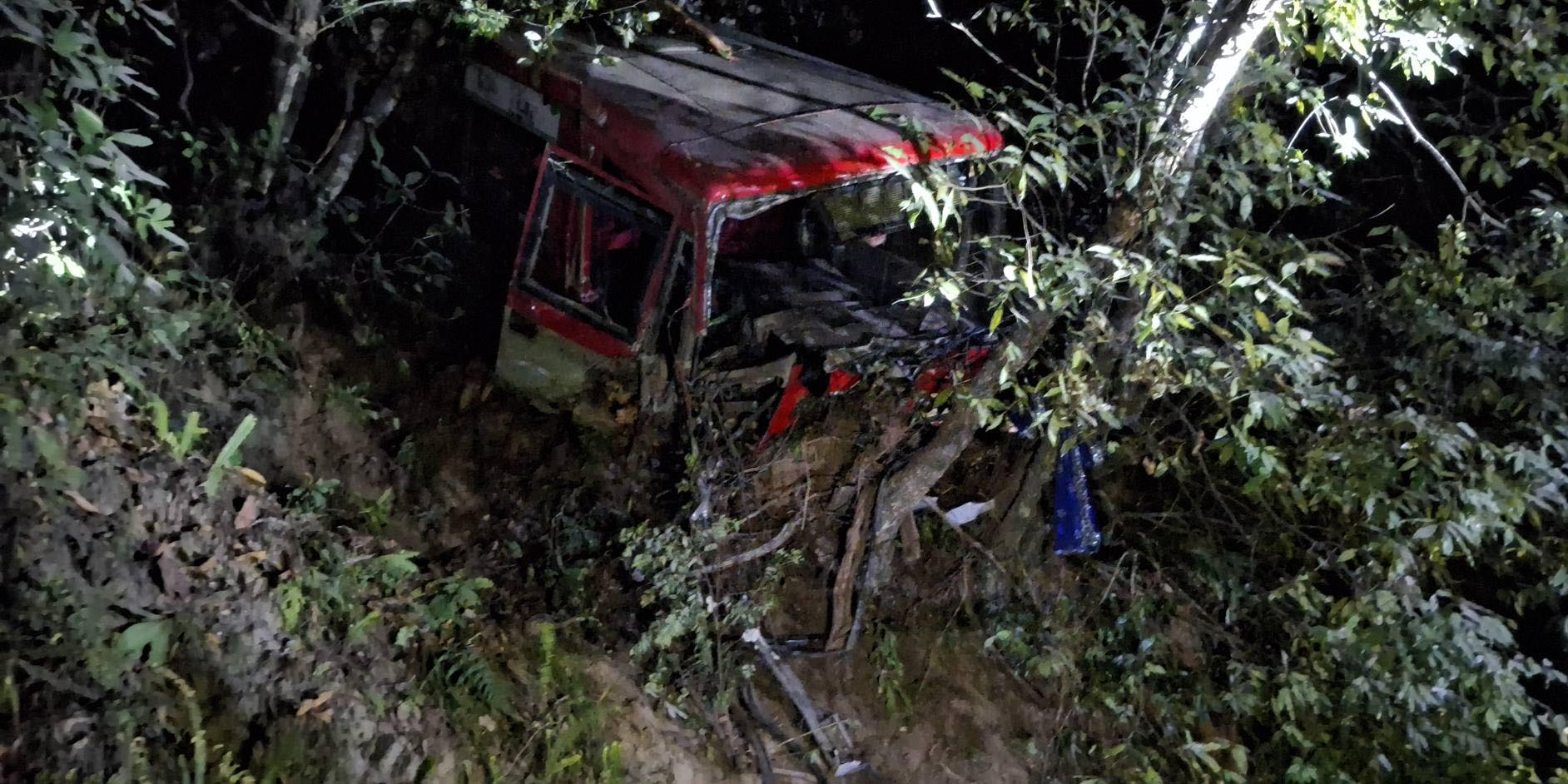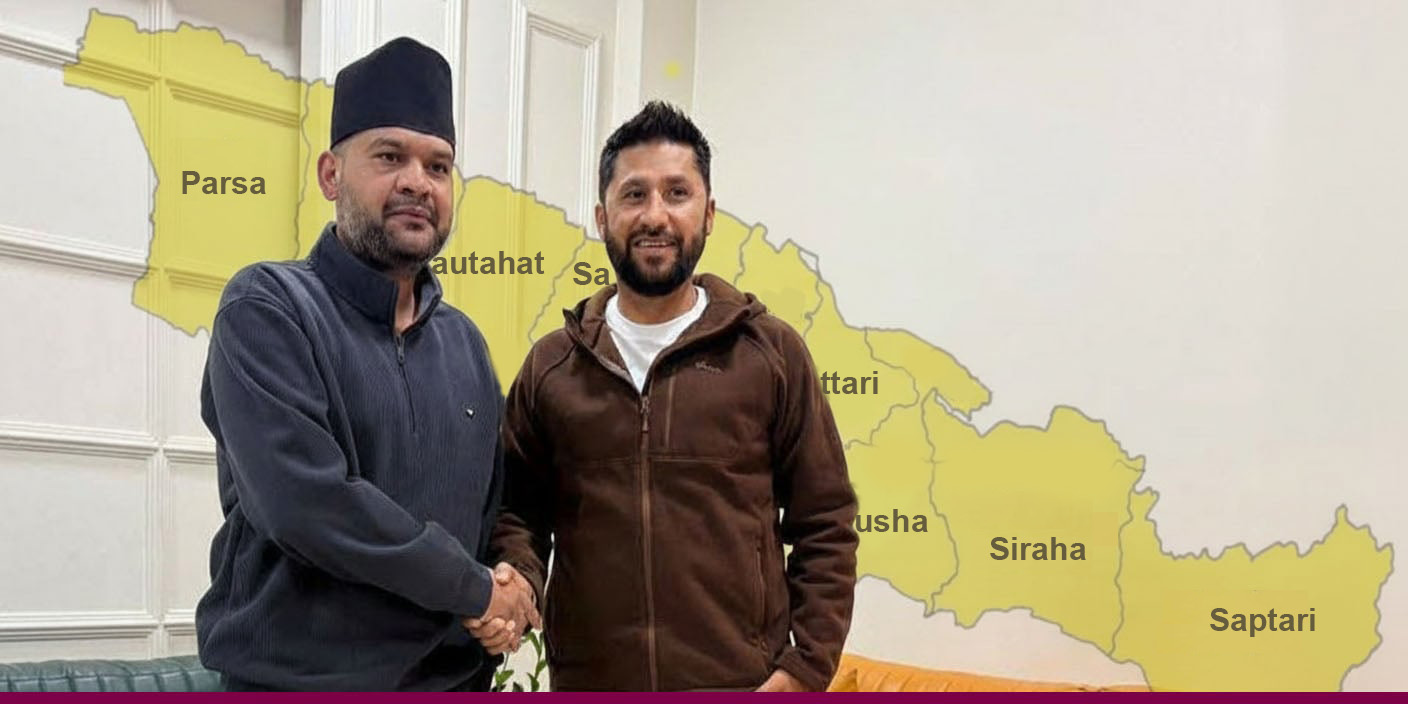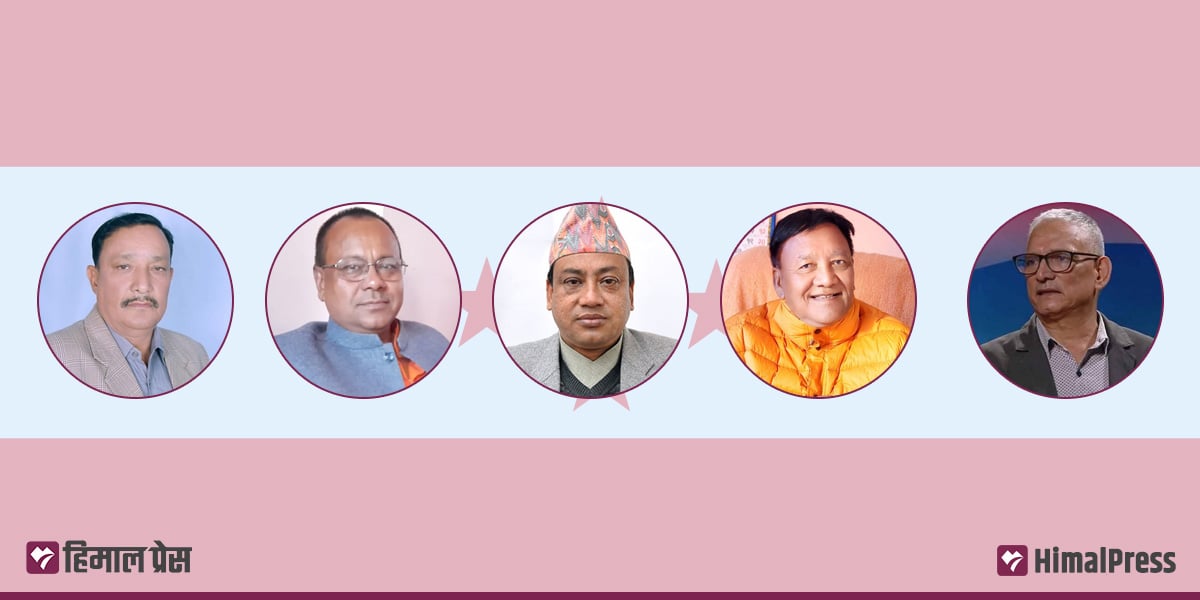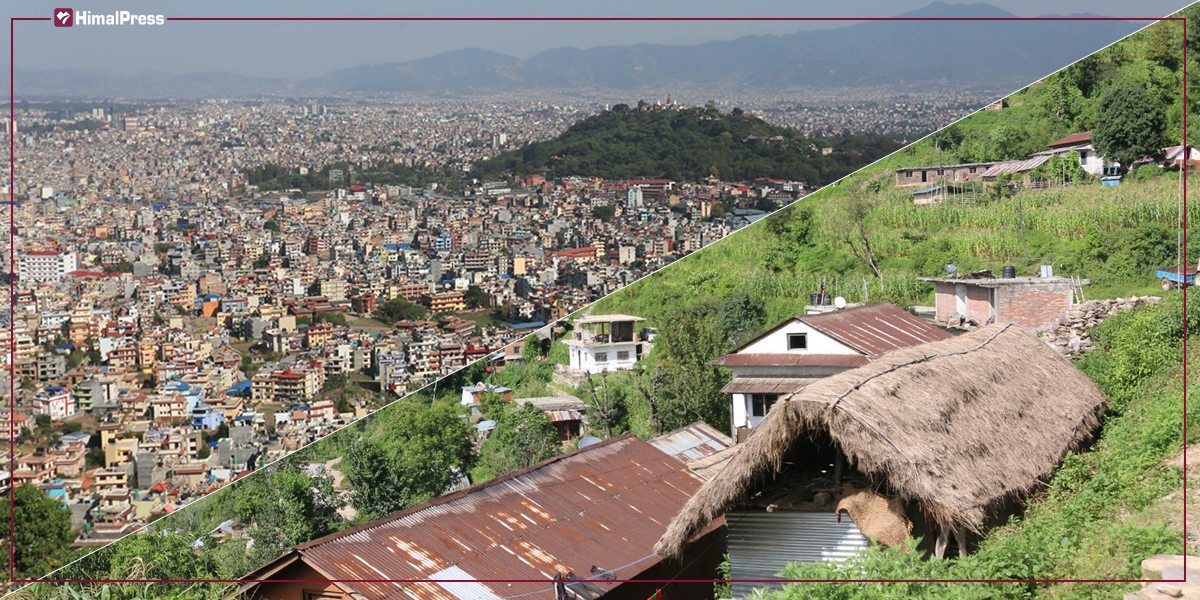
KATHMANDU: The Nepal Statistics Office (NSO) on Tuesday released a grade-wise classification report of rural and urban areas in Nepal.
In the study, the NSO analyzed statistics related to settlement trends in urban, peri-urban and rural areas. Wards have been categorized as rural or urban based on four criteria: population, population density, settlement areas, and the continuation of urban characteristics.
Issuing a statement, the NCO said the key objective of this report is to adopt an internationally recognized methodology to generate globally harmonized and comparable urban and rural population dataset for Nepal, implement the method of analysis that complements and does not replace the national system and is applicable across countries to help compute SDG data for reporting and generating globally comparable dataset, and to generate disaggregated data analytics at the country level to derive inference that are critical for policy formulation and decision-making to guide urbanization and development.
The NSO analyzed the data of the Nepal Census, 2021 adhering to the scientific DEGURBA (Degree of Urbanization) methodology, as approved by the United Nations Statistical Commission.
According to the 2021 census, 66.17% of the population resides in urban municipalities, while 33.83% resides in rural municipalities. “Since the census data does not provide further categorization into urbanizing or peri-urban municipalities, it it has become necessary to study and contextualize international practices to re-define the level of urbanization of these municipalities,” the NSO said in the statement.
The analysis indicates a significant increase in the urban population from 22.31% to 27.07% in the 10-year period. Similarly, the peri-urban population has also seen a growth from 39.19% to 39.75%, while the rural population has declined from 38.5% to 33.19% over the last decade.
Interestingly, the majority of the population in peri-urban areas is still regarded as ‘urban,’ while they are, in character, urbanizing. “The migration from rural areas to peri and urban areas provides an insight of pressure on the urban areas to accommodate and for the rural areas to retain the population,” the NSO said in the statement.

 Himal Press
Himal Press 

